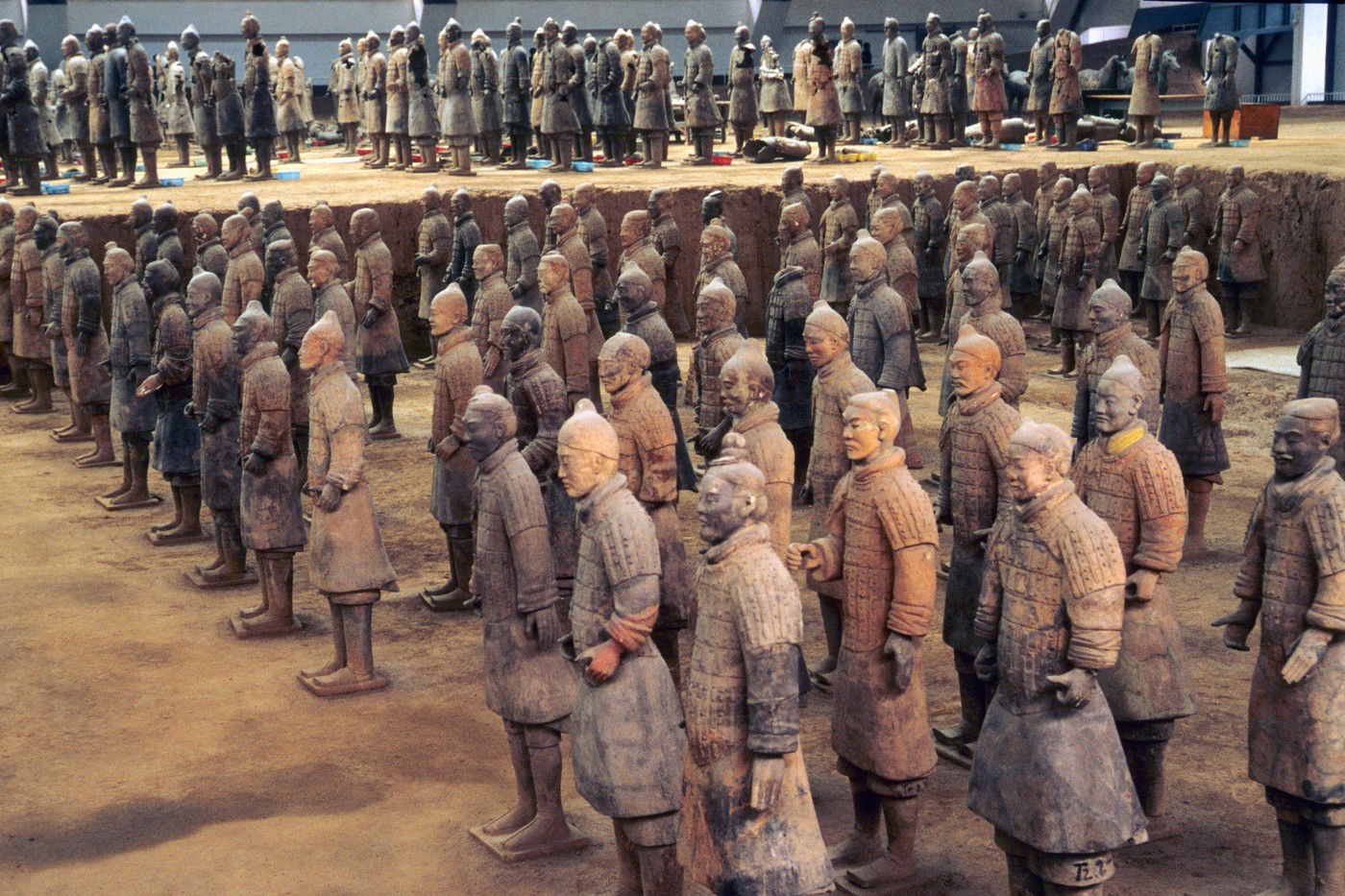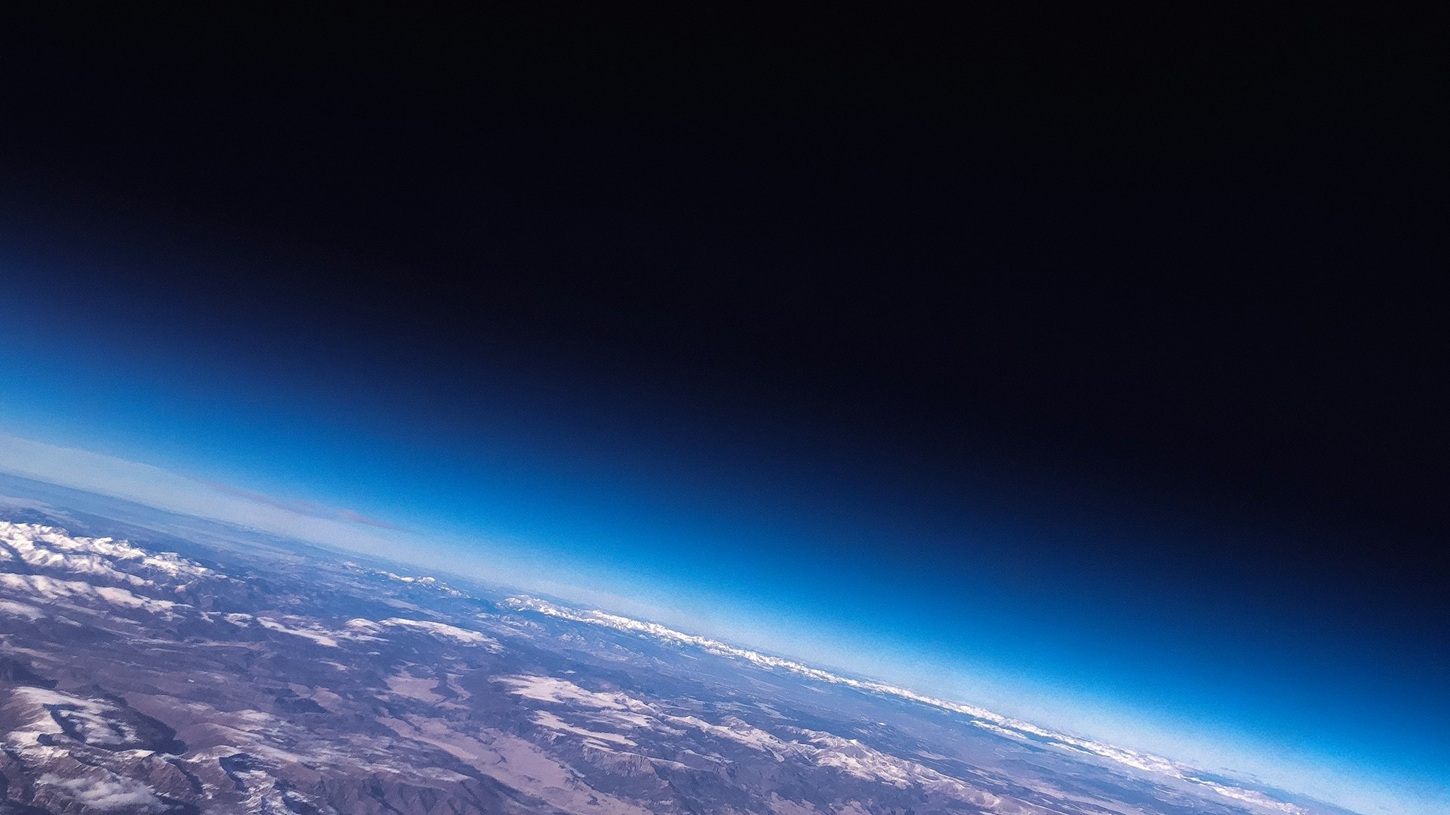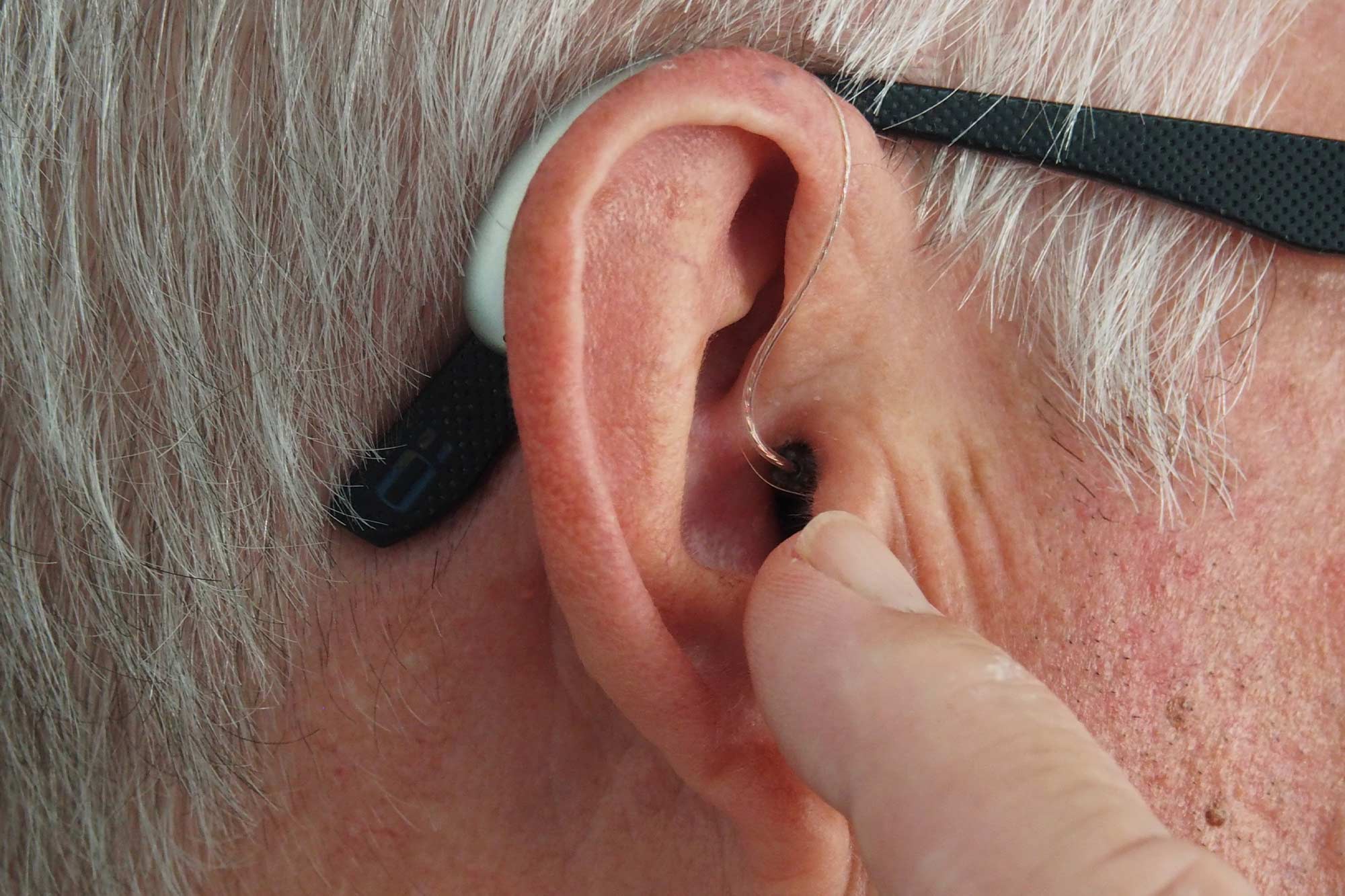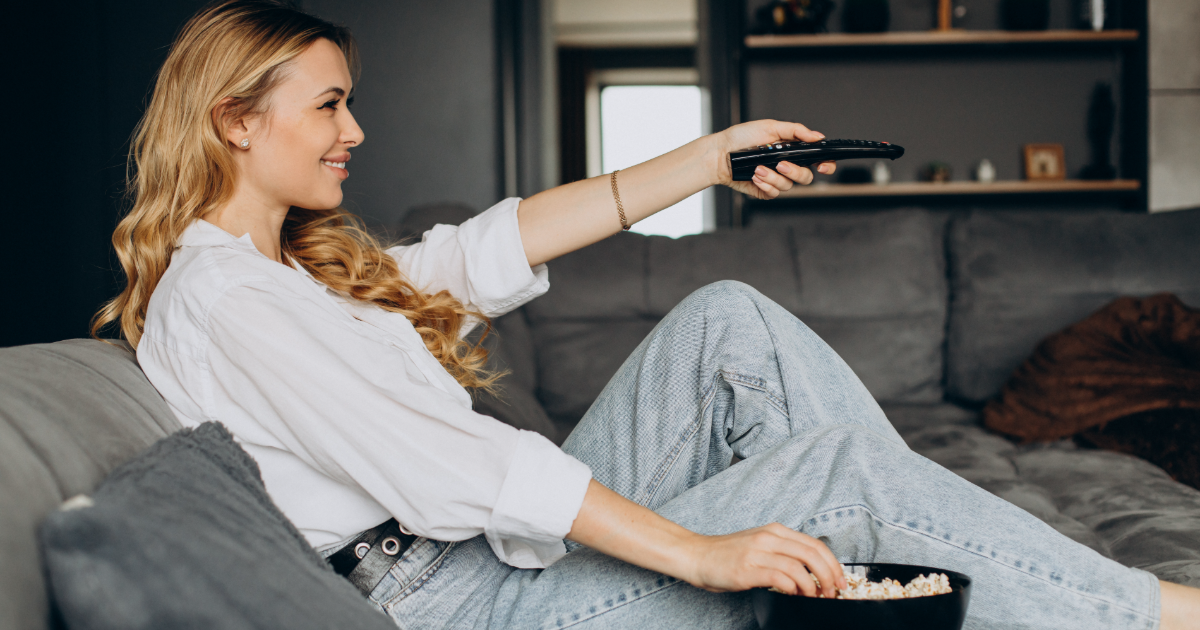Andreas Mogensen recently arrived at the International Space Station to complete the Hugen mission, during which Two experiences It will also be implemented regarding sleeping in space. As we know, the residents of the International Space Station orbit the Earth every 90 minutes, so they can be part of 16 sunsets and sunrises per day. But all of this has a lot to do with finding their natural circadian rhythm, which is why the above research becomes important. Daily light and sleep in orbit.
Perhaps let’s start with the first experiment, the so-called “circadian light”, which has its origin in the circadian rhythm. The circadian rhythm describes the physical, mental and behavioral changes our bodies go through over a period of about 24 hours. Our internal clock is linked to our core body temperature, which changes throughout the day and triggers our metabolism and sleep cycle. However, exposure to light has an effect on this rhythm, as a person is normally awake during the day and asleep during the night.
The experiment itself is credited to Danish firm SAGA Space Architects, who created a lamp whose main concern was to support the astronauts’ circadian rhythms during their time in space. On the third day after his arrival, Mogensen had already installed this light source inside his sleeping quarters, which, by the way, was adjusted to fit his sleep schedule.
In the evening, the lamp’s light turns red to mimic a serene sunset, and in the morning it turns blue to evoke the colors of the sky. The lamp’s light colors were carefully chosen to mimic the natural daylight that astronauts can’t experience aboard the International Space Station.
And we’ve come to the second experiment, sleeping in orbit. Although astronauts undergo extraordinary training, one thing still causes difficulties for many of them. This is the custom of space sleeping, so instead of actually lying down, they float in sleeping bags attached to the wall of their sleeping space.
Researchers at Aarhus University in Denmark have developed a small in-ear measuring device that European Space Agency astronauts wear while they sleep. The equipment allows the researchers to monitor Mogensen’s brain activity throughout the night, which could help them understand his sleep quality.













































